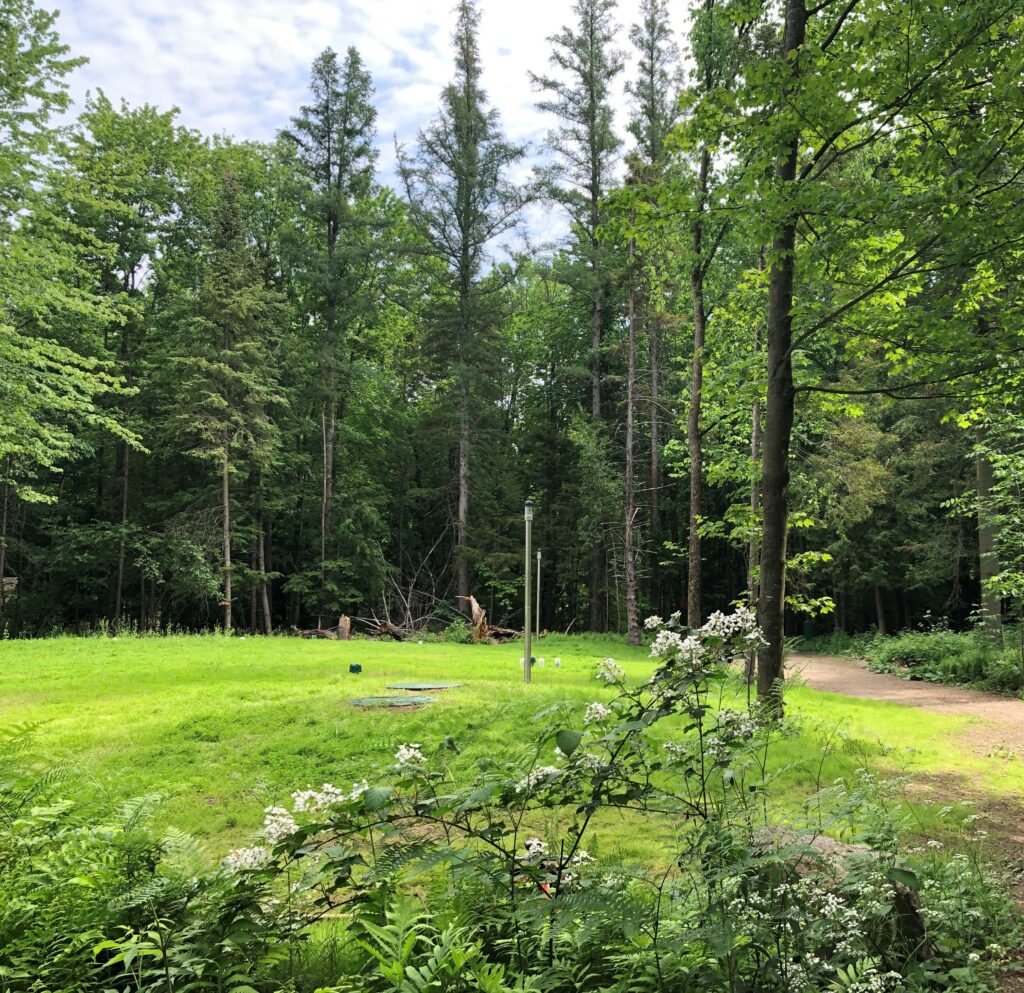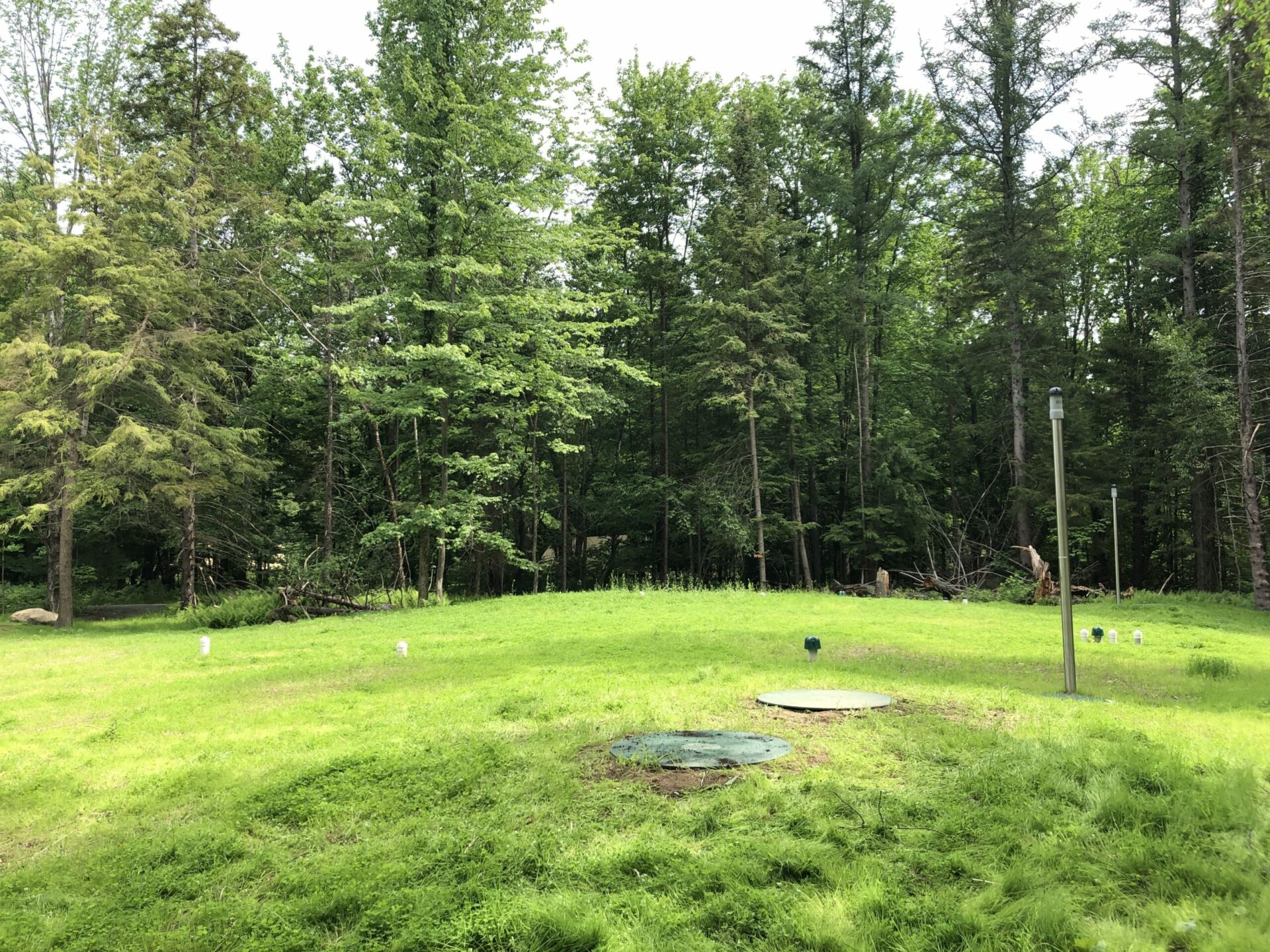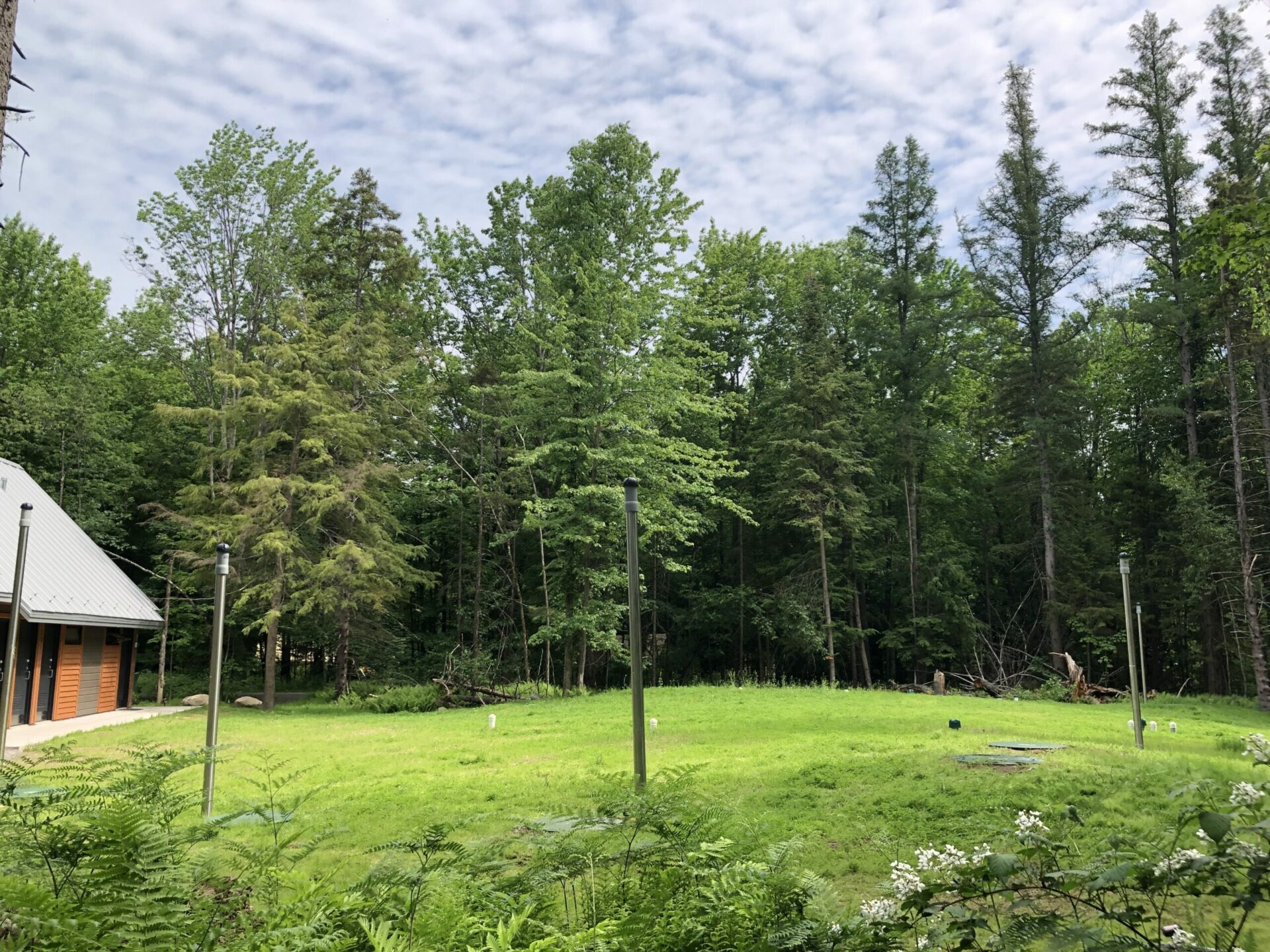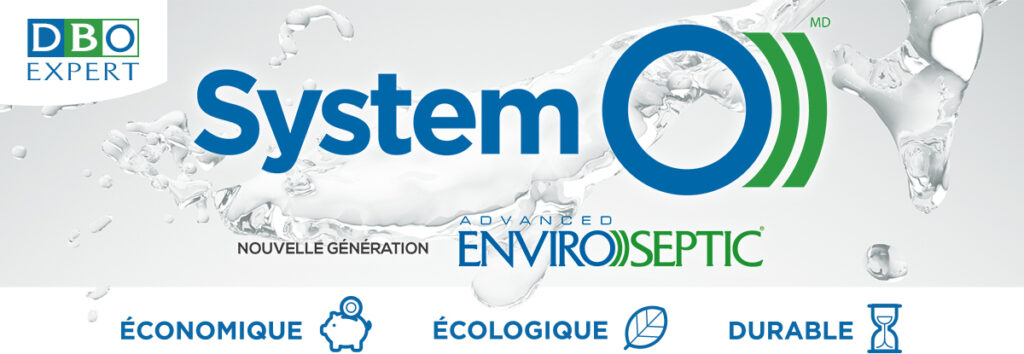The passive advanced treatment of wastewater with phosphorous removal and disinfection answered the following requirements:
| Country | Canada |
| Distributor | DBO Expert |
| Year | 2020 |
| Treatment capacity | 4,270 L per day |
| System surface area | 130 m2 |
| Treatment results are available upon request. | |
Context
The Yamaska National Park is a provincial park with a clear conservation role on the Choinière Reservoir in Québec, Canada. The Park is home to some forty fragile species considered rare, be it plant or wildlife. Their protection is among the priorities of park management. Recreational activities, which help fund its conservation, must be carefully considered. This is why an advanced level of treatment was chosen to passively disinfect and remove phosphorus from the wastewater and provide an extra level of protection to the environment.
This system receives a daily flow of 4,270 L of wastewater coming from showers, toilets and sinks in buildings of the Les Roselins sector of the campground.

- primary treatment
The System O)) is preceded by a primary treatment. Primary treatment of wastewater is a physical decantation of liquids and solids, usually done in a septic tank, where the solids are pumped out at regular intervals (usu. 2 years).
In this case, wastewater is collected in a 6,410-L pretreatment tank. Inside the tank, the wastewater separates into layers as the fats float to the top and the solids sink to the bottom.
Distribution
System O)) septic systems combine wastewater distribution, treatment and infiltration in one simple step.
The primary treatment tank effluent is distributed throughout the system with a combination of pumping stations and watertight membranes.
The optimal functioning of a System O)) installation depends on an even distribution of wastewater over the entire surface of the treatment bed. This is possible thanks to a low pressure distribution system. Through each Advanced Enviro))Septic pipe is inserted a 38-mm pipe, which is perforated to allow water to spurt out. This mode of distribution makes it possible to evenly distribute the effluent through each pipe.
The treated wastewater leaving the polishing field is collected in a watertight membrane and directed towards the second pumping station, to be then sent through a reduced polishing field. The treated effluent is once again collected in a watertight membrane that empties into a 3rd pumping station, from which the water is sprinkled into the Dephos O)) module. The treated water leaving the Dephos O)) module is then pumped into a conventional pipe-and-stone polishing field to be dispersed into the soil.
- advanced treatment
This System O)) uses seven rows of five parallel Advanced Enviro))Septic pipes for a total of 35 pipes. The wastewater flows along the length of the rows where it is treated by bacteria living in the pipes and in the filter sand during the infiltration process. The treated water passes through a smaller polishing field containing six Advanced Enviro))Septic pipes.
- tertiary treatment
This System O)) uses DBO Expert’s passive Dephos O)) module for a tertiary treatment. This best-in-class module uses a patented substrate that passively disinfects and removes phosphorus.


- System features and benefits
- All wastewater at the site is treated passively
- No moving parts
- No energy is spent on wastewater treatment
- Wastewater odours cannot develop
- Treated water is perfectly clear and free of pollution
- Economic Benefits
By using a System O)) with a Dephos O)) module, the client saves money by providing a passive treatment as opposed to having to use chemical coagulation. There are no moving parts that can break and the Dephos O)) media lasts more than five years before needing to be replaced. Maintenance is simple which means fees are low; on-site personnel can even be trained to do it themselves!
Choosing a passive wastewater treatment solution is very cost-effective, as the treatment process does not need to be powered, has no moving parts that can require replacement or repair, and its maintenance is so simple that employees can be trained to do it themselves.
- Environmental Benefits
With the proximity to a body of water such as the Choinière Reservoir, nutrient removal is very important. By removing the phosphorus from the treated effluent, we greatly reduce the risk of algae and cyanobacteria blooms. These present a huge danger to the environment by removing oxygen from the water and producing toxins.
Choosing a passive wastewater treatment solution is very positive for the environment, as the treatment process requires no power, has no moving parts that can fail and requires little maintenance.




